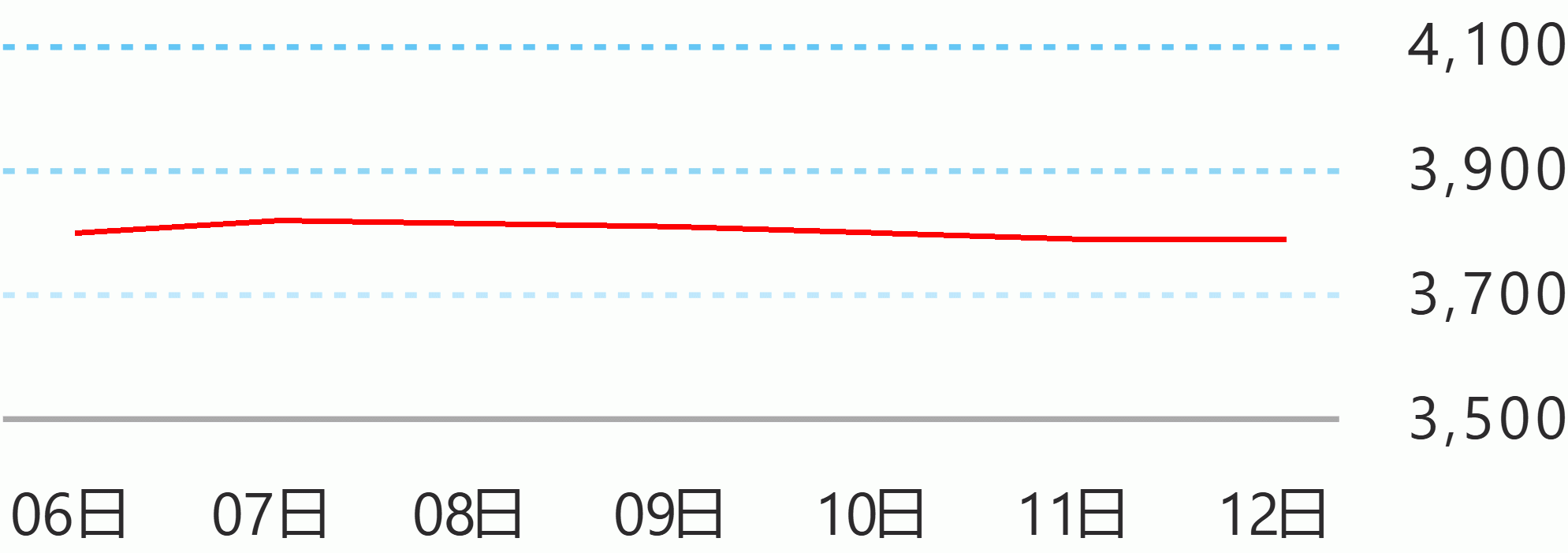The Philippines’ second batch of locally developed cube satellites (CubeSats) Maya-5 and Maya-6 were released to space from the International Space Station (ISS) on Wednesday at 3pm PST as a part of the “Kibo” or Japanese Experiment Module (JEM) Small Satellite Orbital Deployer-26 (J-SSOD-26) CubeSat deployment mission.
This latest development follows the CubeSats’ launch to the International Space Station (ISS) last June 5 aboard the SpaceX Dragon Falcon 9 from Launch Complex 39A at NASA’s Kennedy Space Center in Florida.
This launch is part of SpaceX’s 28th Commercial Resupply Mission, where they carried more than 7,000 pounds of research, hardware, and supplies to the ISS. The rocket autonomously docked to the ISS’s Harmony module on June 6 at 5:54 p.m PST.
“Named after the revered Philippine bird, they symbolize our country’s commitment towards contributing to global scientific and technological advancement,” Valerie Macaraeg said during the deployment program earlier Thursday.
The two 1.3 kg 1U CubeSats were developed under the Space Science and Technology Proliferation through University Partnerships (STeP-UP) Project of the STAMINA4Space Program.
The scholars, namely, Joseph Jonathan Co (project manager), Anna Ruth Alvarez, Ronald Collamar, Angela Clarisse Chua, Chandler Timm Doloriel, Khazmir Camille Valerie Macaraeg, Genesis Remocaldo, and Gio Asher Tagabi, developed the satellites as part of the nanosatellite development track under the Master of Science (MS)/Master of Engineering (MEng) program of the UPD Electrical and Electronics Engineering Institute (EEEI).
The development of the CubeSats is in collaboration with the Kyushu Institute of Technology (Kyutech) in Japan, with scholarship support from the DOST-Science Education Institute (DOST-SEI).
Science and Technology Secretary Renato Solidum Jr. emphasized the significance of this momentous event. “Our roadmap to putting the Philippines in the space race was long, but our investment in education and advocacy lead to a path of significant progress in the development of our country’s space industry.”
Maya-3 and Maya-4 project manager Renzo Wee shared his message on the successful deployment.
“We would like to congratulate the team behind Maya-5 and Maya-6 satellite development for the successful deployment of these birds from the International Space Station. As we witness these fledglings leave their nest and soar through the skies, we are filled with immense awe and excitement,” he said.
University of the Philippines Chancellor Edgardo Carlo Vistan II also brought up the importance and support to space technology endeavors.
“The two cube satellites will provide essential assistance in the collection of timely and relevant data that can be used in the sectors of agriculture, environment and natural resources, and disaster risk reduction and management, among others,” he said.
“The launching of this second pair of CubeSats is a solid testament to what our Filipino engineers and scientists can do. With appropriate and adequate support, they show their capability to develop and build satellites locally,” he added.
The second batch of STeP-UP scholars shed light on the importance of the first few days of the satellites being in space.
“During the first 72 hours from release, we will be monitoring the health of the satellites in orbit. The hope is that within the first few passes, we will be able to receive their beacons, which will tell us significant information such as the status of antenna deployment and battery levels. Once functionalities are tested, the data to be acquired during the satellites’ time in orbit will also shine light on scientific questions and can be analyzed for future satellite developments in the Philippines. This is possible because of the cooperation of many ground station operators around the world,” they said.
Ground stations from different institutions have also been briefed last 17 July 2023 to help receive notifications once the satellites pass through their respective stations.
“We are excited to receive notifications from hams who are able to receive beacons and/or are able to use the digipeating capability. Lastly, we hope that Maya-5 and Maya-6 would inspire more Filipinos and other nations to engage with or get into the space technology field,” Macaraeg said during her JAXA video interview. Space Technology and Applications Mastery, Innovation and Advancement Program





 English
English









